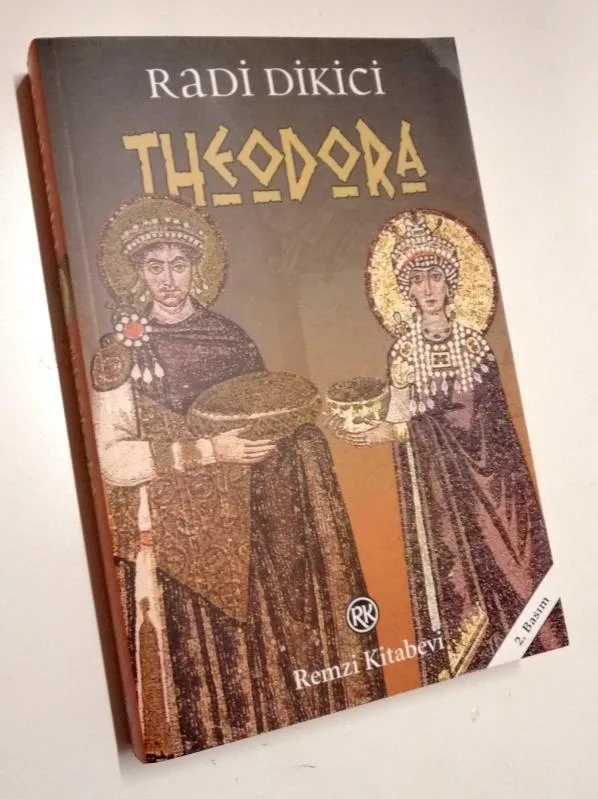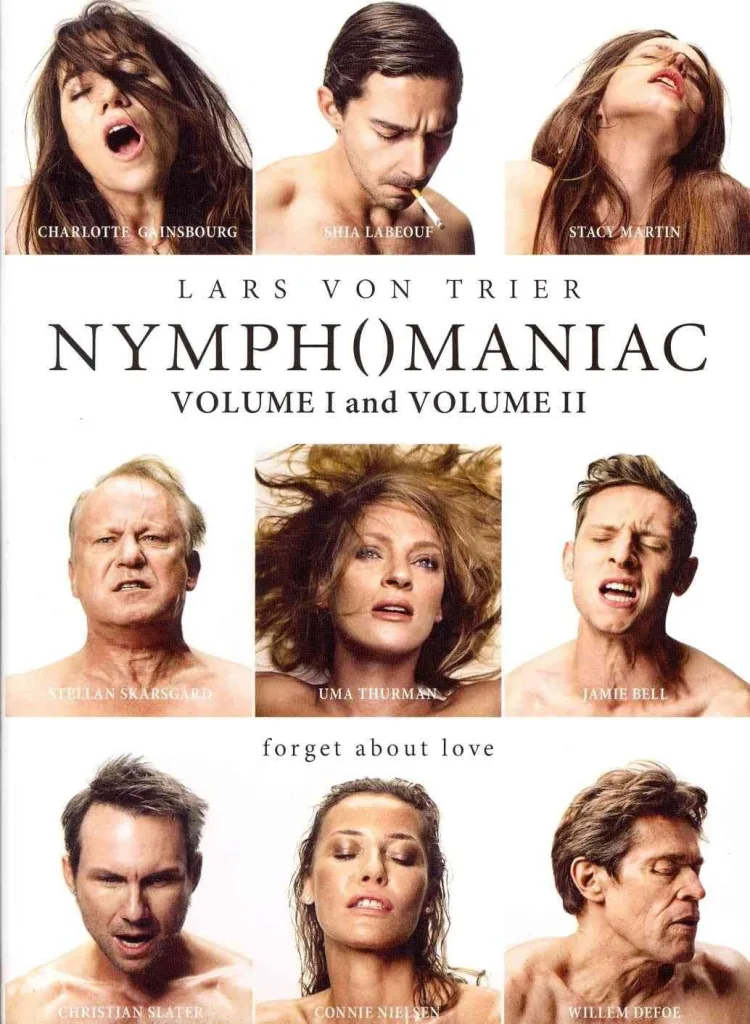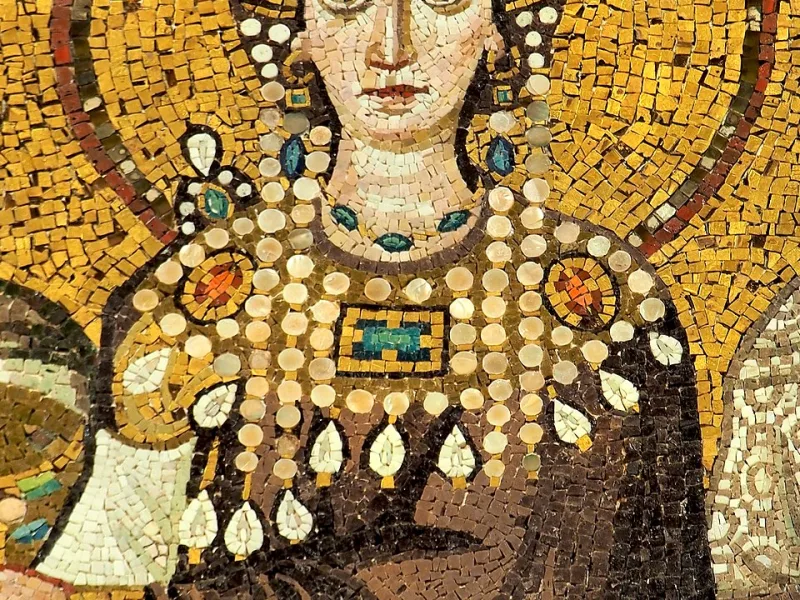In Turkey, discussions around films like Nymphomaniac often stir controversy. While some can view such films as art or narrative exploration, others fear they might incite uncontrolled desires. Although the film was permitted at festivals, it was banned from public cinema screenings -even with age restrictions- on the grounds that it belonged to the “pornographic” category.
But what if the very concept of “pornography” took root in Istanbul itself?
Theodora: From Performer to Empress
Theodora, born in 500 AD, was the middle of three sisters. After the death of her father -who worked at the Hippodrome- her mother joined a pantomime troupe in a theater on Pornai Street to support the family.
By 513, her older sister Komito took over her mother’s role, and Theodora performed by her side. Yet Theodora’s heart was in dancing. Secretly, she trained with Indaro, the most famous dancer of the time, also known as Chrysomolla.
Eventually, Theodora became the star of the Grand Theater on the same street, captivating audiences and making headlines. Her performances were so mesmerizing that people would reserve seats days in advance.

Nights of Passion and a Secret Birth
Theodora’s personal life was as vibrant as her stage persona. She often visited the famed Barbario Tavern, where she dined and chose companions for the night. Eventually, she became pregnant and moved secretly to Selembria (Silivri), where she gave birth to a daughter.
She later met Hecebolus, a commander appointed to Libya’s Pentapolis, who proposed marriage. Entrusting her daughter to her mother, she followed him; only to be abandoned once they arrived. Undeterred, Theodora escaped and made her way to Alexandria.
A Spy, a Dancer, and a Destiny
In Alexandria, Theodora encountered Makedonia, a dancer and covert spy for Consul Justinian, who was also her uncle. Makedonia used her dance performances to seduce high officials and gather state secrets, which she delivered to Constantinople.
Impressed by Theodora, Makedonia brought her back to the capital. One morning, in the Great Palace, she visited Consul Justinian and delivered a report from the East; Syria, Palestine, Egypt. Before leaving, she said:
“I have a surprise for you. Come to Coppius’ Theater on Pornai Street next week. I promise you won’t regret it. I’m a good dancer; but this one is a miracle. No one has danced like her before, and no one ever will.”
That dancer was Theodora. Justinian had heard whispers of her brilliance but never found the time. This time, he cleared his schedule. Dressed as a commoner and accompanied by two plainclothes guards, Justinian entered the theater and took his place in a reserved box (Radi Dikici, “Theodora”, p.149). That evening marked a turning point in history. It was the night Justinian laid eyes on the woman who would become Empress Theodora, his confidante and political partner.

Pornai Street: The Original Red-Light District
From 330 to roughly 1000 AD, Pornai Street, located west of the Hippodrome, was Constantinople’s entertainment district. It was home to theaters, taverns, and performances of all kinds. But it earned its name not from nightlife alone, but from its infamous ties to sex work and early pornographic displays. The word “pornography” comes directly from Pornai Street.
A Word That Traveled the World From Istanbul
Yes, the term porn, used globally and identically across languages, originated in Istanbul, in what is today Sultanahmet.
Today, Pornai Street lives on as Asmalı Çeşme Street, west of Sultanahmet Square. Gone are the theaters, taverns, and performers. The street is now lined with quiet apartment buildings. The İbrahim Pasha Palace, built in the 1400s during the Ottoman period, cuts through it, erasing much of its past.
If you’re fascinated by hidden histories and ancient roots of modern terms, Istanbul never ceases to surprise. Behind its mosques and monuments lies a world of stories, like that of Theodora, the empress who once danced in the shadows of a forgotten street that changed the world.

